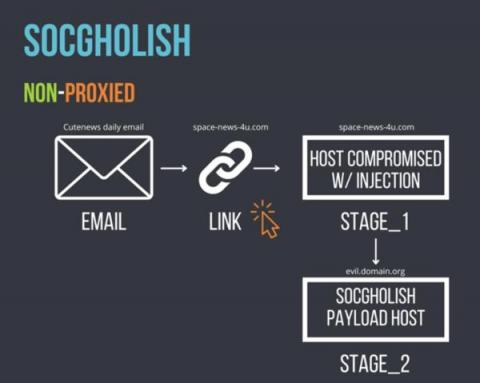Ethical Phishing: Testing Your Employees
The Rationale Behind Ethical Phishing Simulation Phishing attacks continue to be a primary vector for cybercriminals seeking unauthorized access to a company’s systems and data. These attacks are becoming increasingly sophisticated, making it crucial for organizations to educate their workforce about the dangers they pose. Ethical phishing tests are designed to mimic real-world phishing scenarios.



